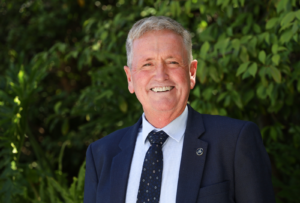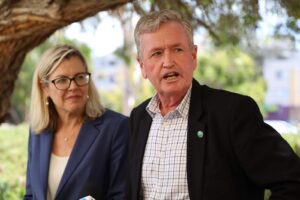The Shadow Minister for Energy Dr Steve Thomas says that the joint media statement today from the Premier and Minister for Energy informing us that the Commonwealth will contribute up to $3 billion for transmission infrastructure confirms what he has been saying for six months – the transition plan to date is not properly funded, and even with the added $3 billion, should it eventuate, it remains undeliverable.
“While I welcome Commonwealth funding for the transmission part of the energy transition, we also need a much greater investment in generation and storage if the State Government’s plan is to be delivered” Dr Thomas said.
“An extra $3 billion for transmission will just be the start of the issues, and the Cook Labor Government is still on track to have the lights go out if we get a summer heatwave.
“We will face an energy crisis by 2027 under the current plan, and the State Government is obviously still waiting for the Commonwealth and the private sector to ride to our rescue.
Dr Thomas said the state will need significant additional generation, much of which both sides of politics now agree should gas fired.
“The Government is talking about adding 3,900 Megawatts of new flexible gas fired generation into the South West Integrated System in its’ SWIS Demand Assessment released in May this year.
“Of course, the State Labor Government expects the private sector to build it all.
“And the state will need far more energy storage than the current plan, which will cost billions more.
“The Government has also indicated that the private sector will build transmission lines, and if this is the case I am calling on the Government to outline whether we will see private ownership of transmission lines or does it intend to nationalise the lines once they are built?
“Surely if the private sector funds the construction and takes all the risk, they will be loathe to just hand it over to the Government.
“This plan is not a real plan, it is a cobbled together set of priorities.
“I want to see a transition that keeps the lights on and is delivered at a cost that the community can afford.”


